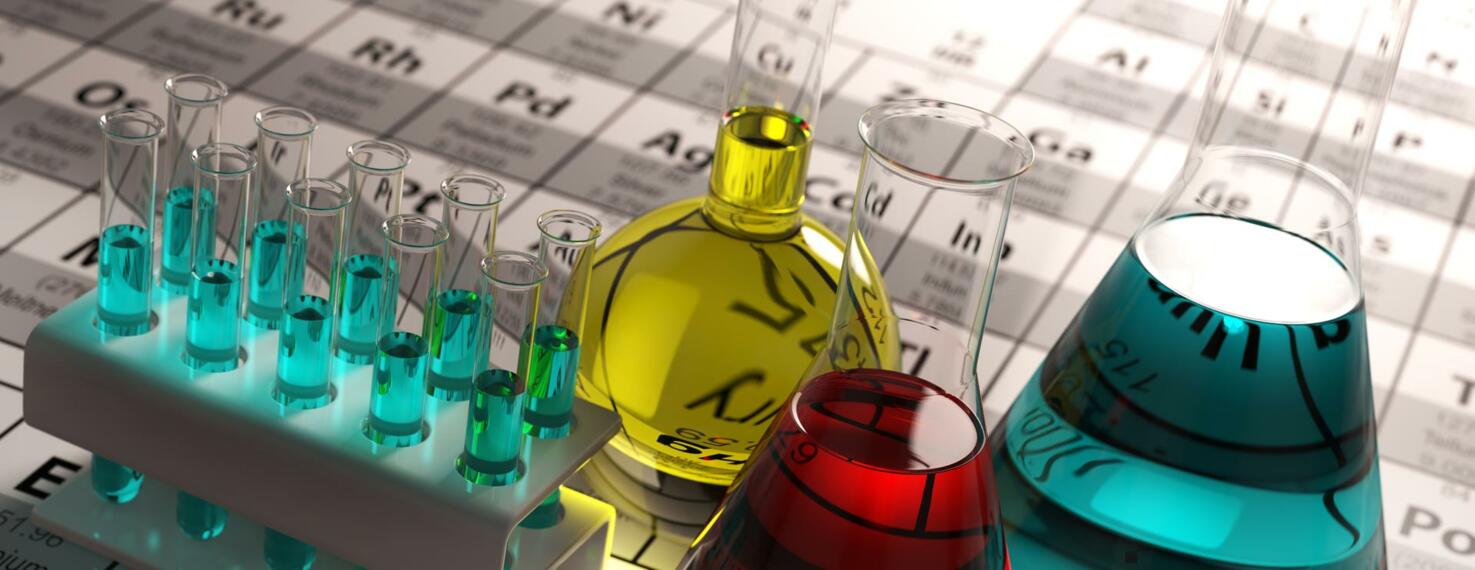
Chemical resistance of casters & wheels
If casters or wheels are likely to come into contact with aggressive substances, their chemical resistance must be taken into account when selecting the right product.
Analysis of chemical resistance
If the wheels are likely to come into contact with aggressive substances, their chemical resistance must be taken into account when selecting the right products. The better we know the environmental conditions under which castors or wheels are to be used, the more precisely we can determine which product will be most suitable. This could prevent premature castor failure due to corrosion, surface changes, embrittlement, loss of strength, or lubricant leakage. Careful coordination of all components guarantees the maximum service life.
Important factors in chemical resistance
Initially, it should be checked which chemical substances and environmental influences are present at the place of use. Important: The reaction of the materials depends on various factors, such as the contact time and concentration of the aggressive substances, as well as the humidity and temperature. A distinction is made between substances which are chemically resistant, partially resistant, or not resistant. Good chemical resistance is shown by stainless steel sheets, plastics and thermoplastic rubber.
In the table you will find an overview of the chemical resistance of our materials to various aggressive substances. The values shown in the table are for guidance only and do not apply to mixtures of chemicals. Please contact us in special cases – we will be happy to provide you with detailed advice!
Key: ++ resistant | + limited resistance | = not resistant
Material/ Concentration/ Rubber/ Polyamide/ Polyurethane/ Polypropylene
Acetaldehyde 40% + + = +
Acetone - ++ ++ = +
Boric acid, aqueous 10% ++ + ++ +
Bromine - = = = =
Ethanoic acid 30% = ++ = ++
Ethanol amine - - - = -
Formaldehyde 30% ++ ++ + ++
Formic acid 10% + = = ++
(max. 60°C)
Hydrochloric acid, aqueous 30% + = = ++
Inert gases - - ++ - -
Lead acetate, aqueous 10% + ++ ++ =
Lead nitrate - ++ - ++ -
Sodium chloride, aqueous 10% + = ++ ++
(max. 20°C)
Sodium cyanide, aqueous 10% - ++ = -
Sodium phosphate, aqueous 10% ++ ++ ++ ++
Sodium silicate, aqueous 10% ++ ++ + -
